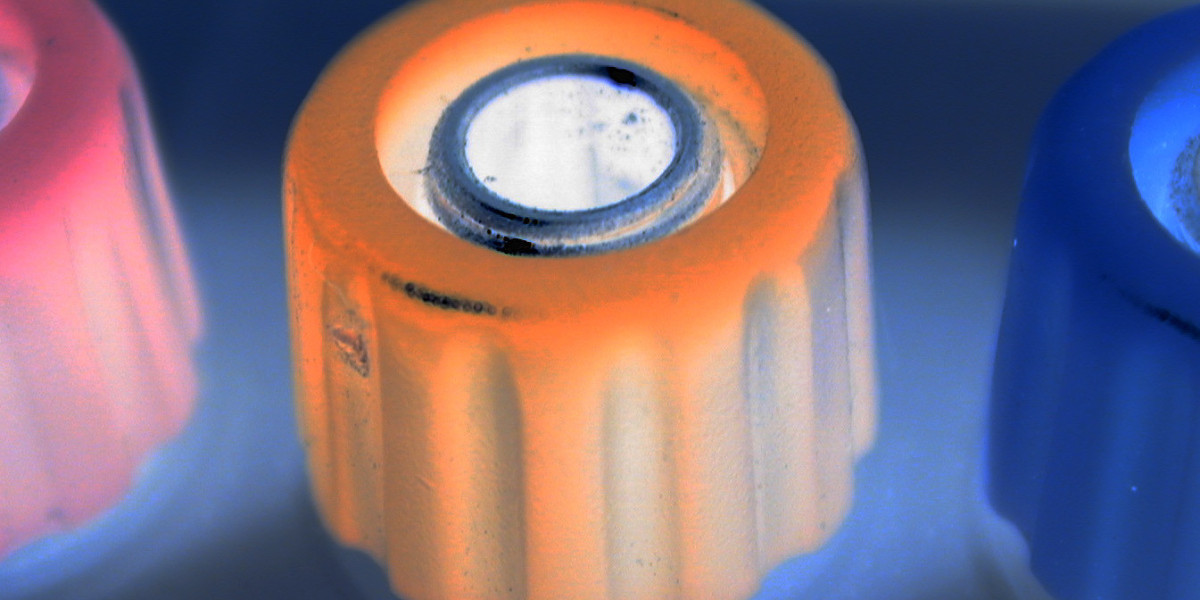Agricultural seed processing systems play a crucial role in enhancing the quality and viability of seeds. These systems include a range of equipment designed for cleaning, grading, and treating seeds to ensure optimal performance during planting. The increasing focus on high-quality seeds for improved crop yields is driving the demand for advanced processing systems. As farmers recognize the importance of seed quality, investments in agricultural seed processing systems are expected to rise, supporting overall market growth.
The India Seed and Grain Cleaning and Grading Machine Market is rapidly evolving as the agricultural sector undergoes modernization and mechanization. These machines are essential in improving the quality, purity, and uniformity of seeds and grains before processing, storage, or sale. India, being one of the world’s largest producers of grains and pulses, has witnessed rising adoption of automated cleaning and grading systems across both small and large-scale farms. The emphasis on increasing agricultural productivity and ensuring food security has led to a steady demand for advanced machinery in seed processing and grain handling.
Market Overview and Dynamics
The Indian market for seed and grain cleaning and grading machines is characterized by continuous innovation and increasing mechanization. The machines are designed to separate impurities, such as stones, dust, and broken grains, and grade the produce based on size, weight, and quality. The market growth is being fueled by factors like government initiatives promoting farm mechanization, the need for high-quality seeds, and the expanding agribusiness sector. Farmers and cooperatives are becoming more aware of the benefits of mechanized seed cleaning and grading, which improves marketability and storage life of agricultural products.
Technological Advancements
Modern seed and grain cleaning machines now incorporate advanced technologies such as air screen cleaners, destoners, gravity separators, and optical sorters. These systems provide greater precision and reduce manual labor, enhancing efficiency and productivity. In addition, automation and digital control panels have simplified machine operations, allowing farmers to process larger quantities with consistent results. The growing focus on sustainable and energy-efficient designs has also encouraged manufacturers to develop eco-friendly machines with reduced power consumption and improved durability.
Regional Insights
India’s seed and grain cleaning and grading machine market is regionally diverse, with states like Punjab, Haryana, Uttar Pradesh, and Madhya Pradesh leading in adoption due to their large-scale grain production. Southern states such as Karnataka and Tamil Nadu are also emerging as key markets owing to their robust agricultural infrastructure and growing emphasis on post-harvest processing. Government-backed programs such as the Sub-Mission on Agricultural Mechanization (SMAM) have further supported equipment adoption by offering subsidies and incentives to farmers.
Key Market Drivers
One of the major drivers of this market is the growing demand for certified and high-quality seeds. The expansion of organized seed companies and contract farming models has intensified the need for efficient grading and cleaning systems. Additionally, the rise of agri-export businesses and the establishment of food processing parks are increasing the requirement for clean and graded produce that meets global standards. The integration of IoT and data analytics in equipment design is helping farmers monitor performance, reduce losses, and optimize operations, which contributes to overall market growth.
Challenges in the Market
Despite its promising outlook, the Indian market faces challenges such as high initial investment costs and lack of awareness among small and marginal farmers. Many rural areas still depend on traditional cleaning methods, limiting technology penetration. Maintenance and technical expertise are also barriers, as rural regions may lack service centers and trained personnel. However, collaborative initiatives between government bodies and private manufacturers are helping bridge this gap through training programs and financing schemes.
Future Trends
The future of the India Seed and Grain Cleaning and Grading Machine Market lies in the integration of smart technologies, automation, and artificial intelligence. Machines capable of self-calibration, digital monitoring, and data-driven decision-making are likely to dominate the market in the coming years. Manufacturers are focusing on developing compact, affordable, and energy-efficient models suitable for small farmers. As sustainability becomes a global agricultural priority, eco-friendly and solar-powered machinery is expected to gain significant traction.
Conclusion
In summary, the Indian seed and grain cleaning and grading machine market is witnessing a major transformation driven by mechanization, innovation, and government support. These machines are vital for improving crop quality, enhancing productivity, and ensuring better returns for farmers. The sector’s growth aligns with India’s broader vision of achieving sustainable and technology-driven agriculture. As the country continues to modernize its farming practices, the adoption of efficient cleaning and grading equipment will remain a key pillar of progress.
FAQ
Q1: What is the main purpose of a seed and grain cleaning and grading machine?
A1: It removes impurities and grades grains based on size, weight, and quality.
Q2: Which regions in India have high adoption rates?
A2: Northern states like Punjab, Haryana, and Uttar Pradesh have high adoption due to large-scale grain farming.
Q3: What technologies are being integrated into these machines?
A3: IoT, automation, and AI-driven control systems are the key innovations.
More Related Reports:
Industrial Machinery Equipment and Tools Market Trends








